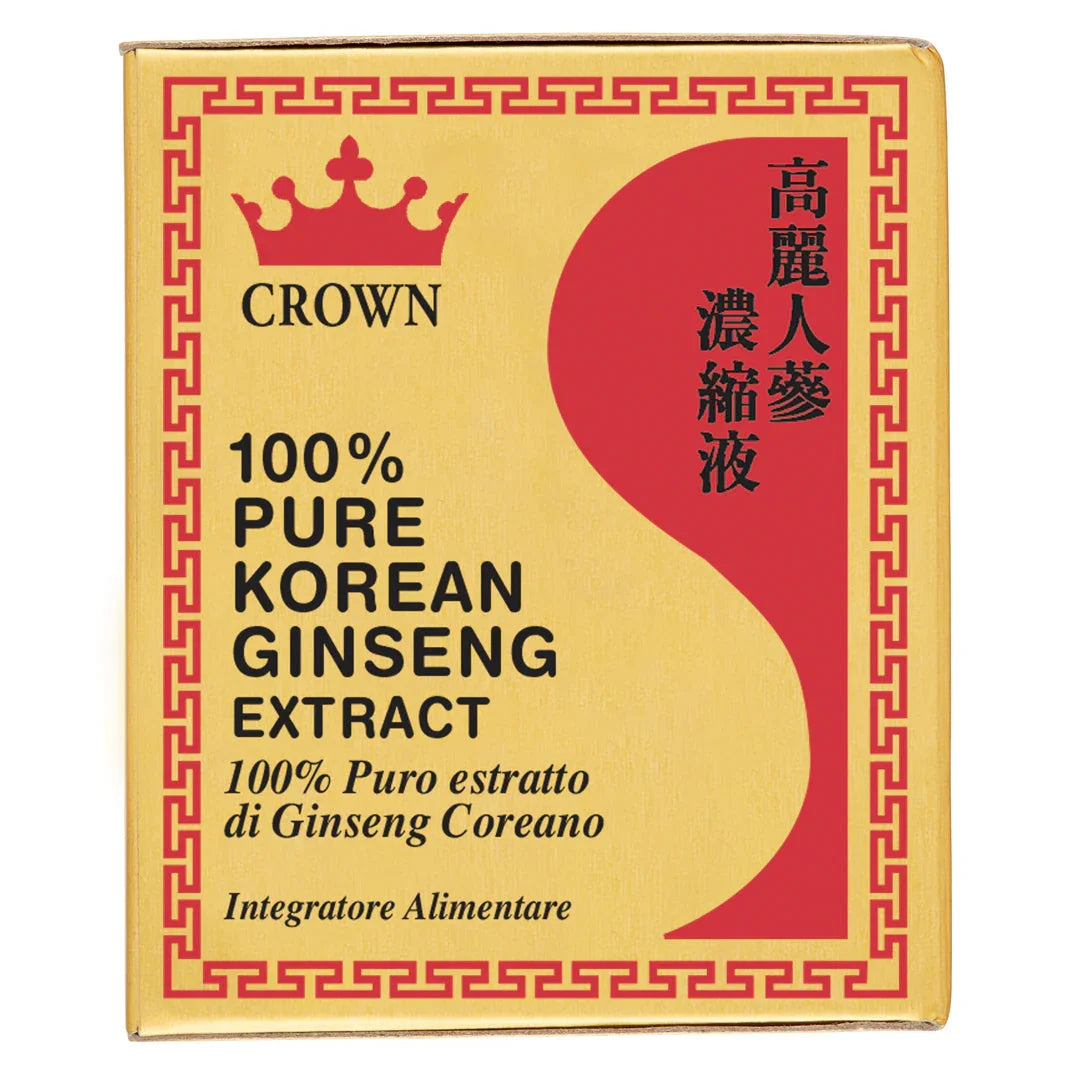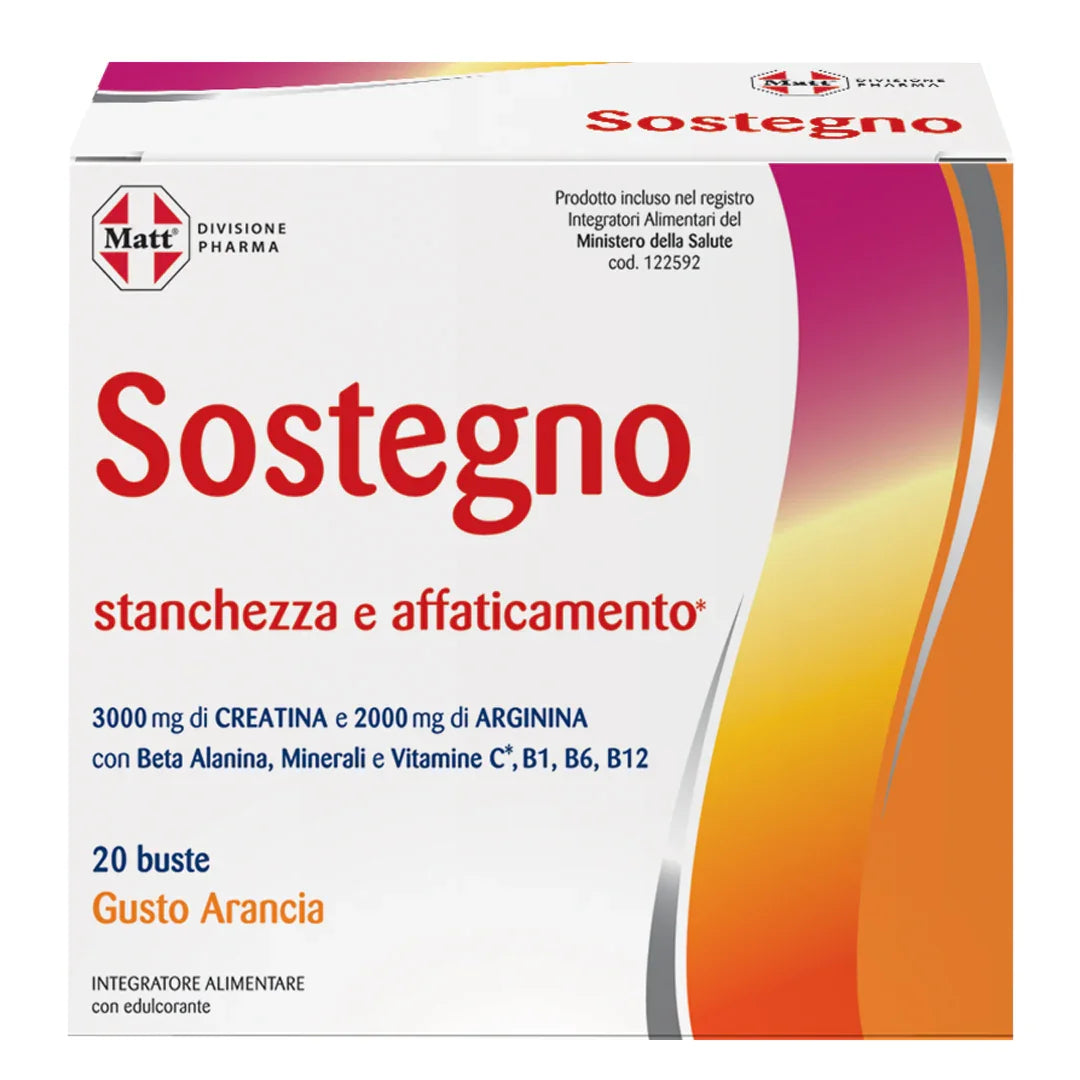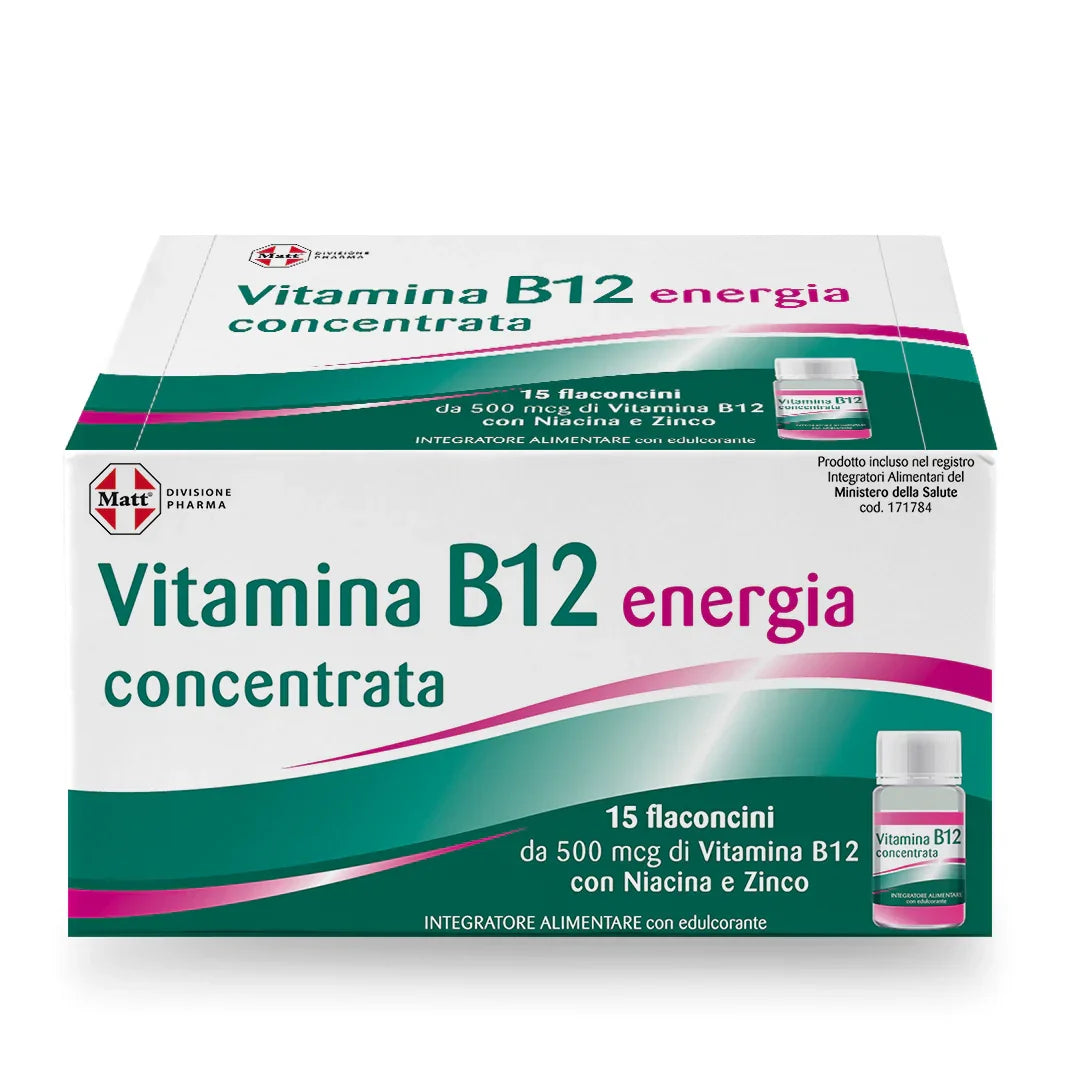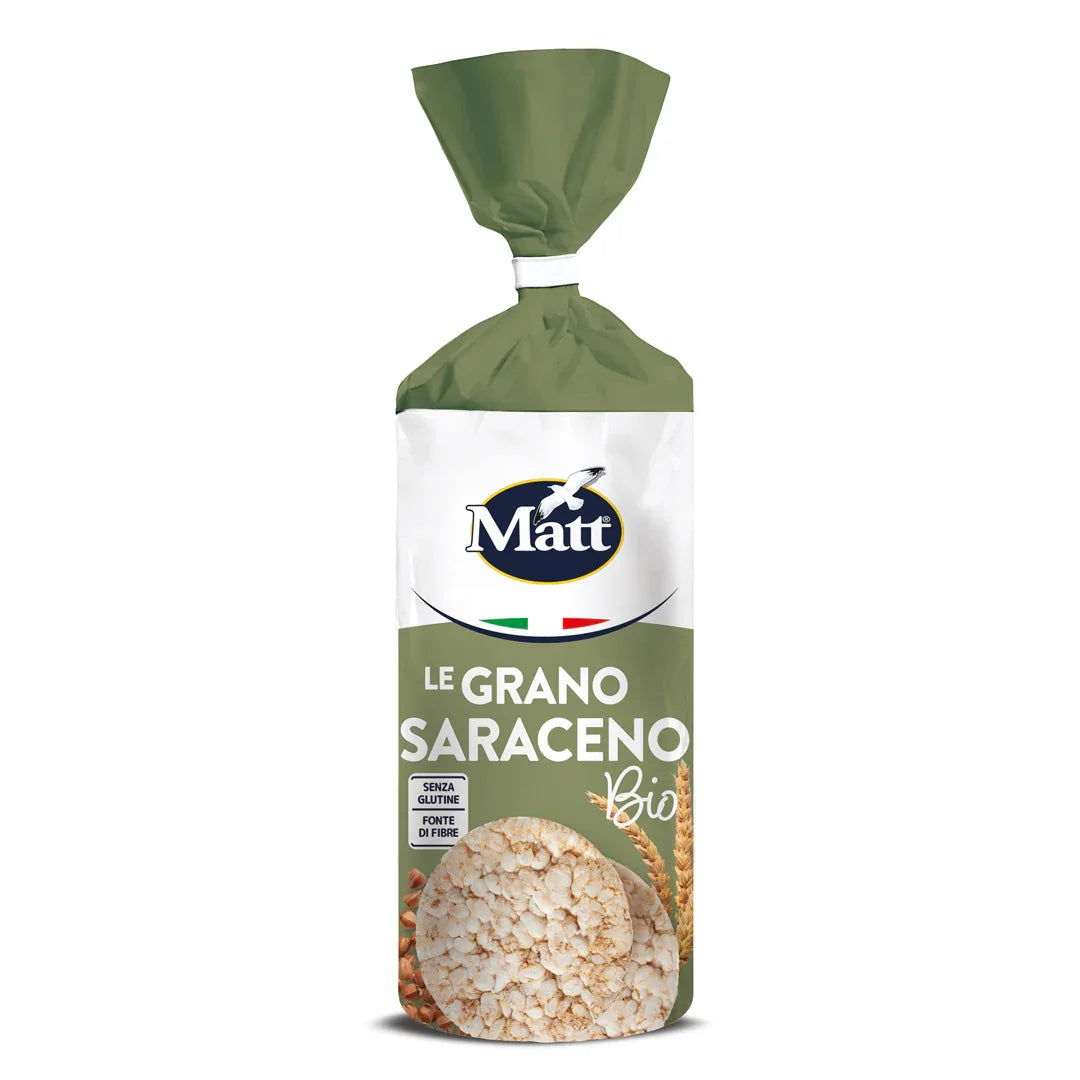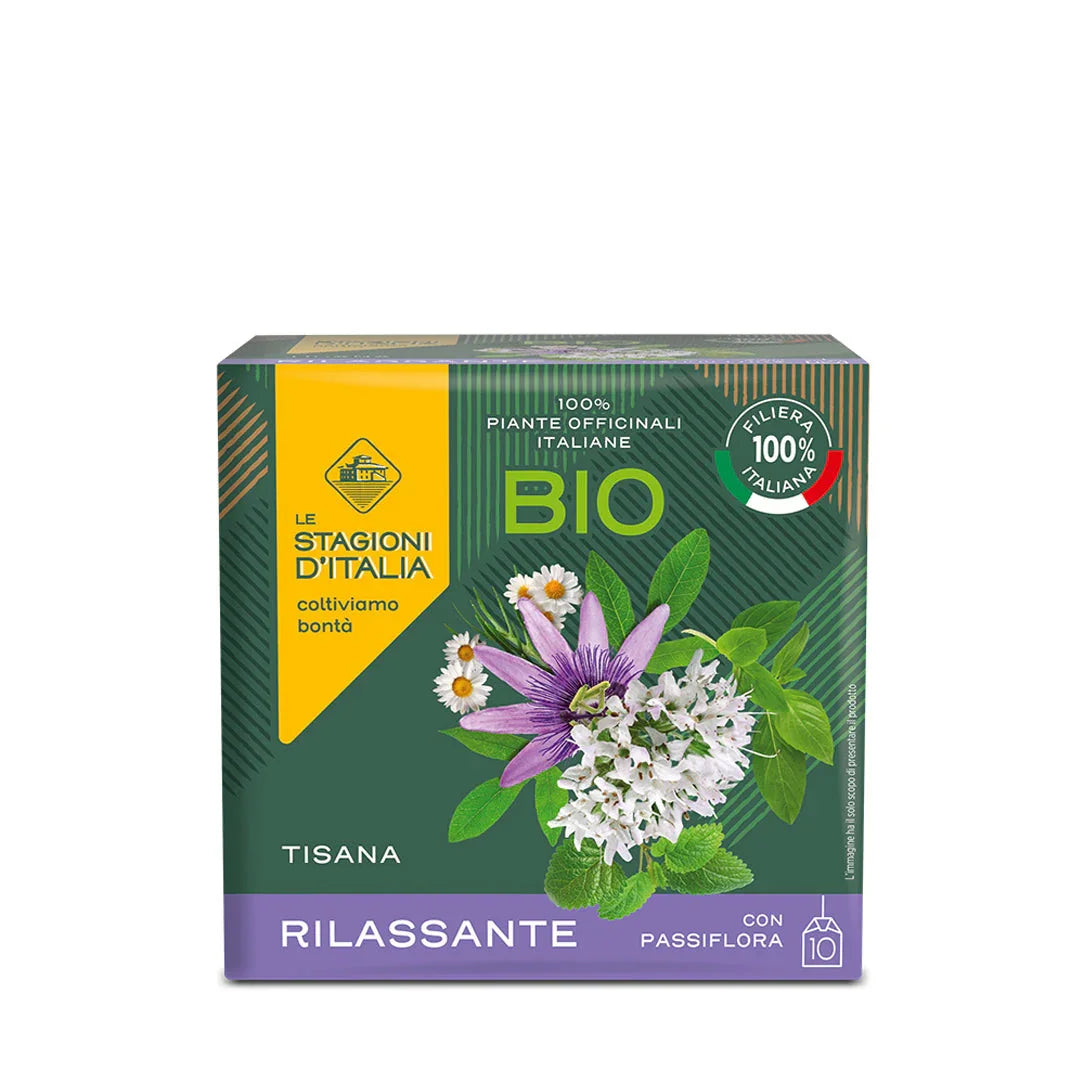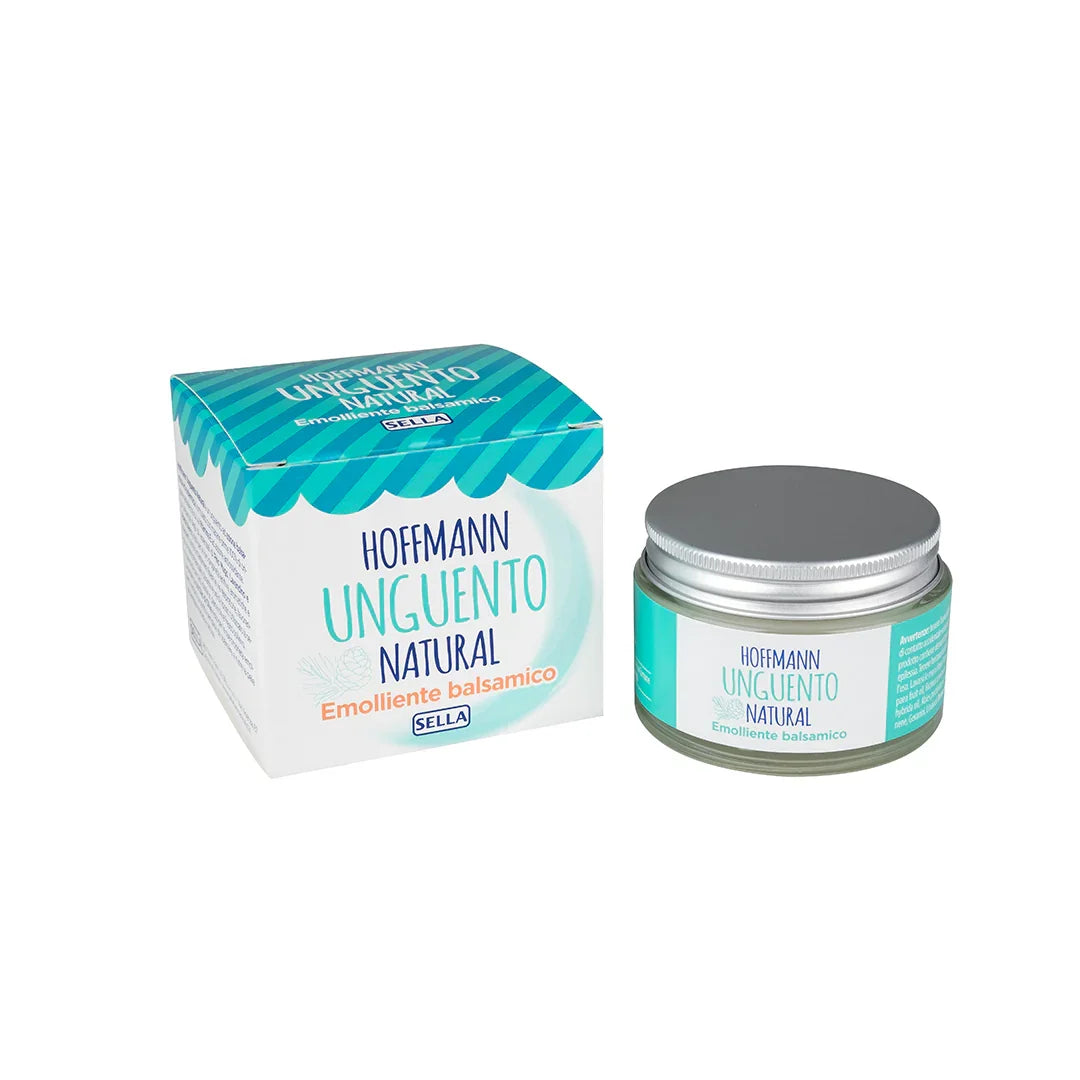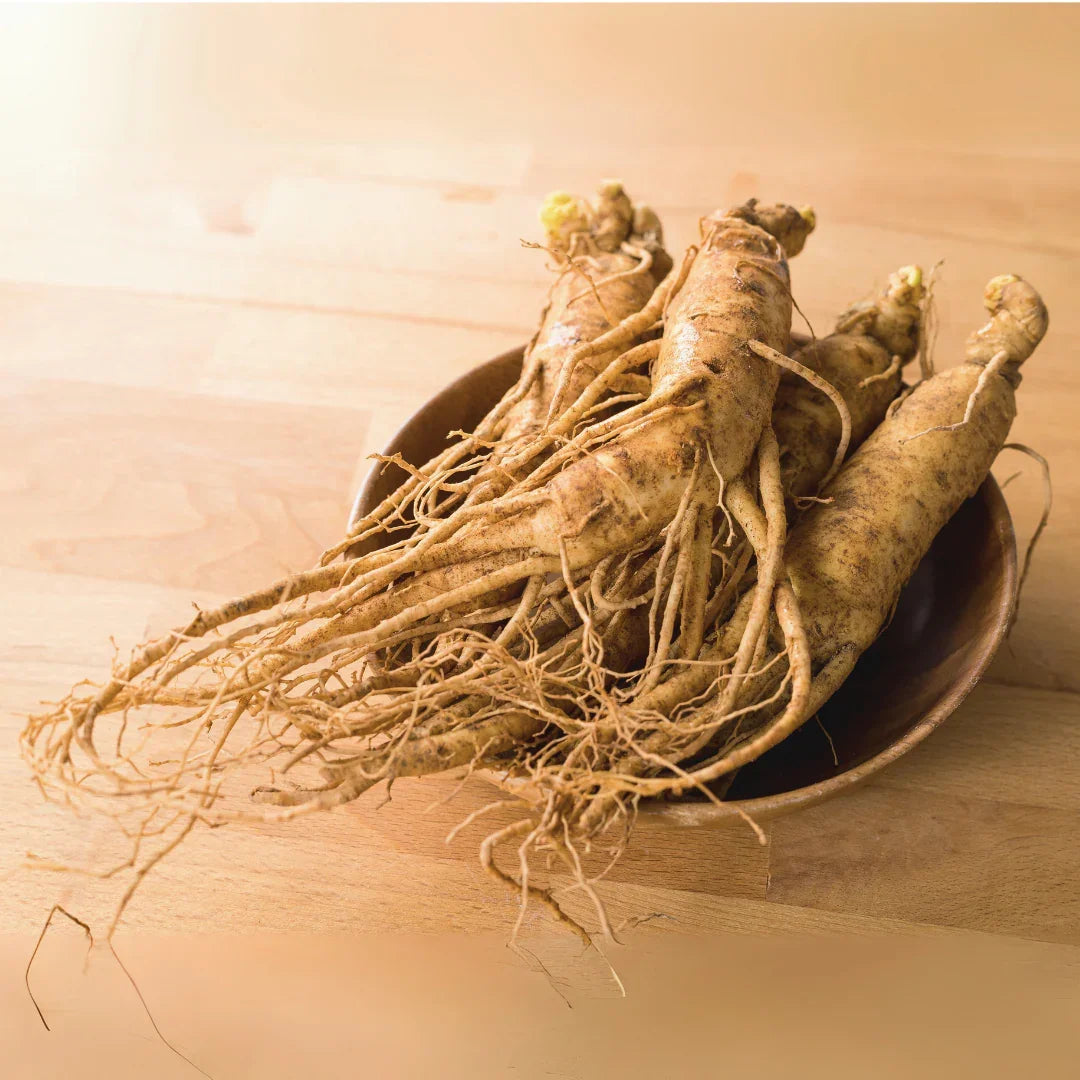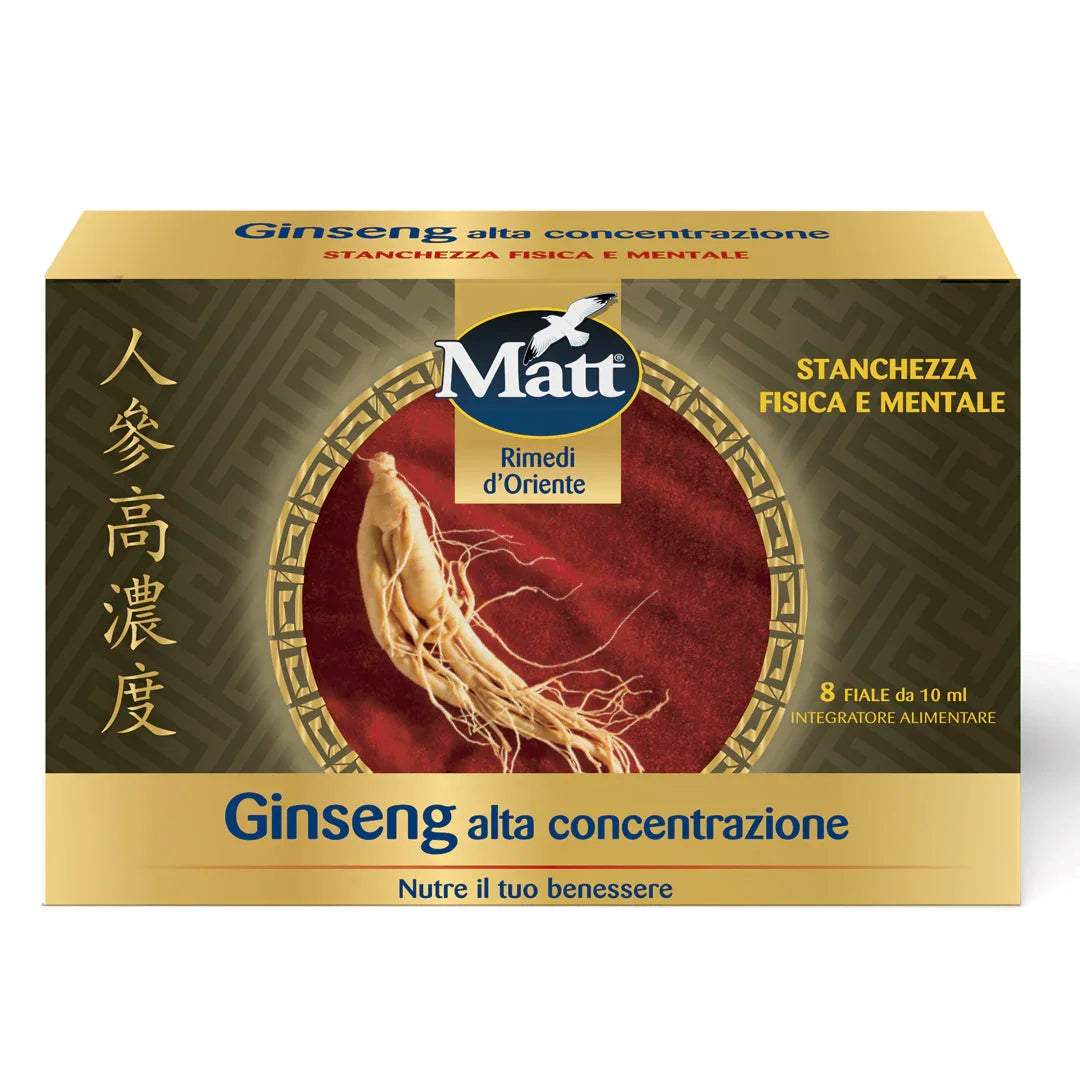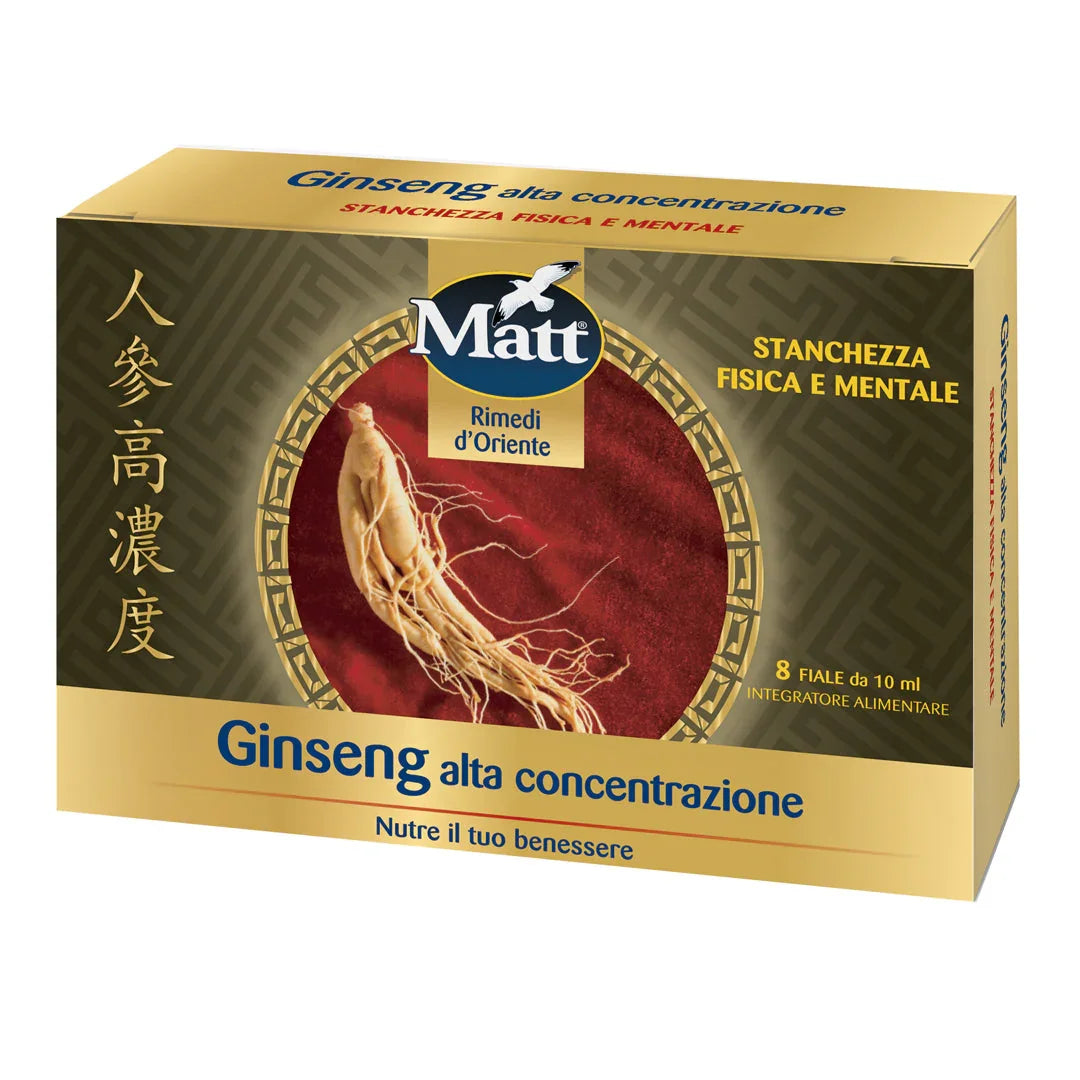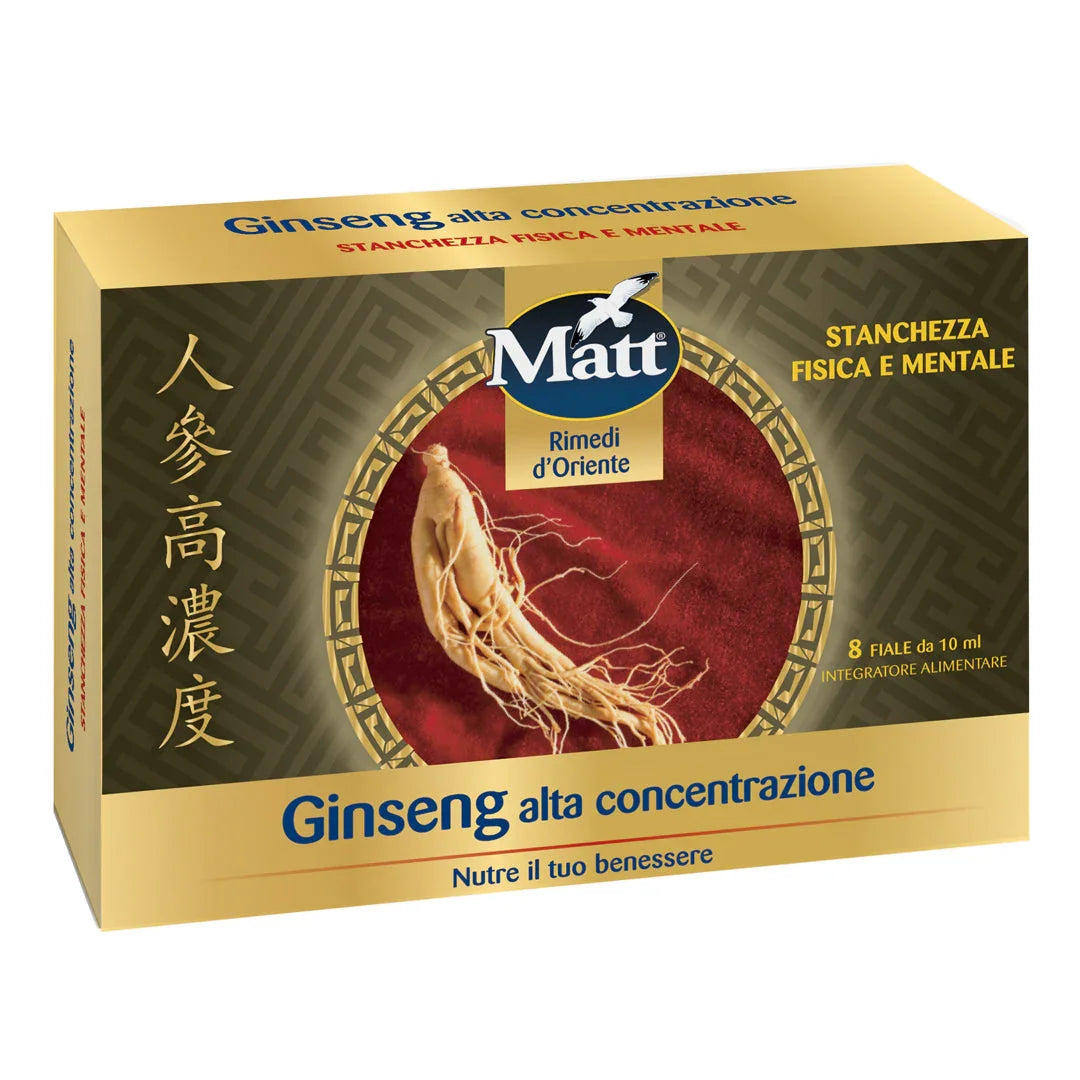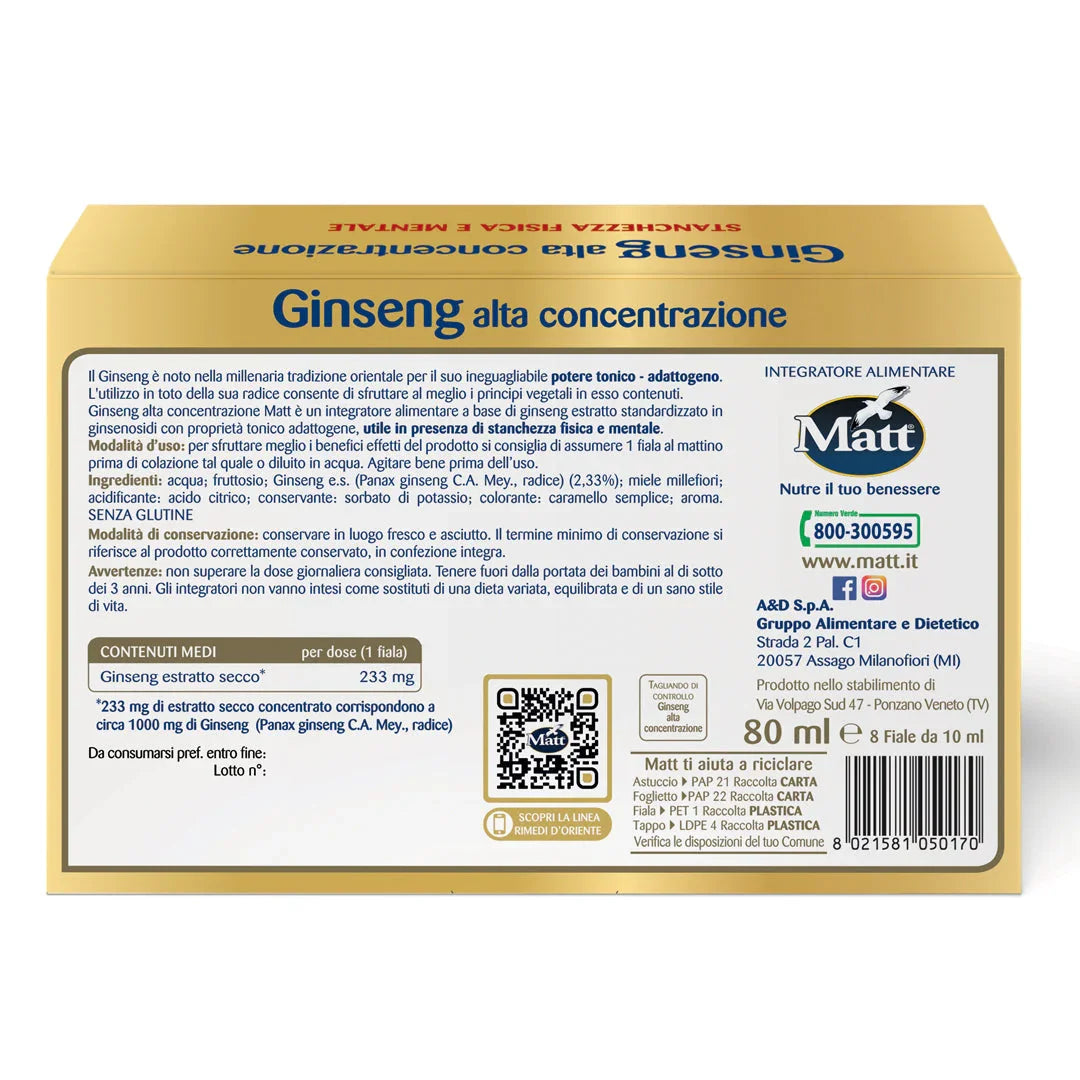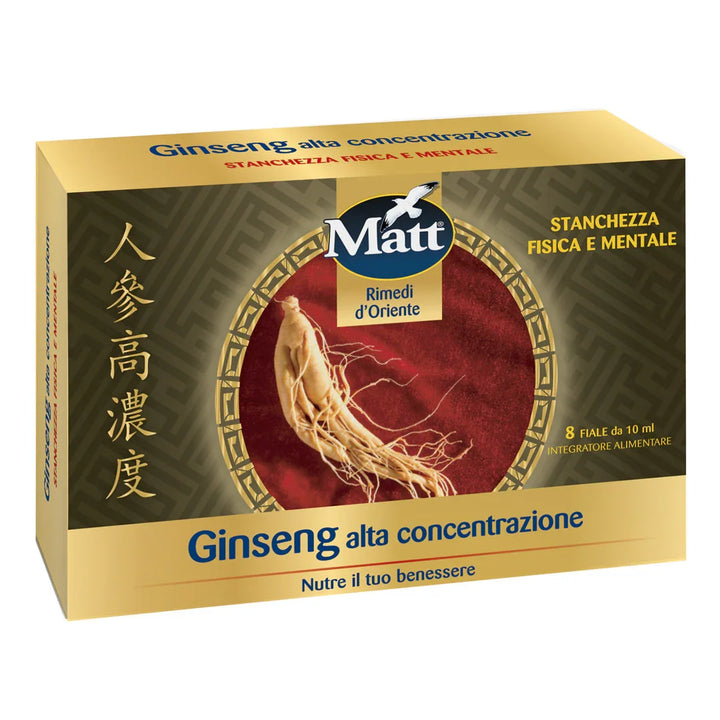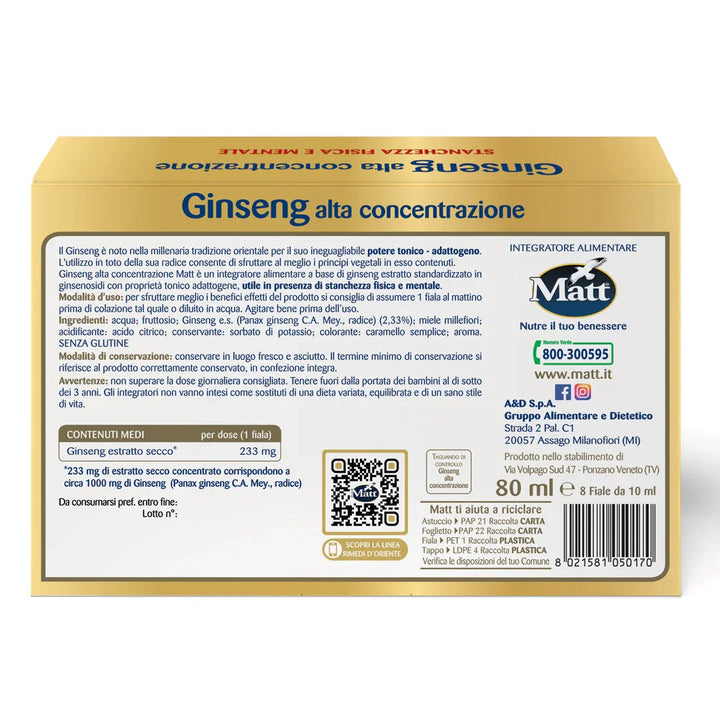Ginseng: What it is and its properties
The term ginseng refers to several species belonging to the Araliaceae family, known for their roots with numerous therapeutic properties. In traditional Chinese medicine, the use of ginseng has a thousand-year history, where it was used to treat a wide range of ailments. The name itself, derived from the Chinese word "rensheng", means "man", probably due to the anthropomorphic shape of the roots.
Traditional Use of Ginseng
Considered a universal remedy, ginseng was traditionally used as a treatment against aging, for gastrointestinal disorders and as an aphrodisiac. Its reputation as a panacea and the allure of its oriental origin have consolidated its success in the Western world. Today, ginseng is widely used in many food supplements, especially for convalescents, athletes and the elderly, thanks to its tonic-adaptogenic properties.
Historical notes on Ginseng
The trade and cultivation of ginseng dates back centuries. In the 16th century, control of ginseng fields in China and Korea became a bone of contention between the two countries. By 1900, growing demand for ginseng outstripped the available supply, especially for wild ginseng. To meet this need, Korea began commercial cultivation, an activity that continues to this day.
Benefits and uses of Ginseng
Ginseng has tonic-adaptogenic effects and, thanks to the richness of its plant principles, it is useful in the presence of physical and mental fatigue. Ginseng extracts are included in numerous supplements that aim to improve the well-being of individuals of all ages. You can experience the benefits of ginseng with the Matt Ginseng High Concentration supplement for physical and mental fatigue or with Ginseng 100% Pure Extract for the best concentration of ginsenosides.


